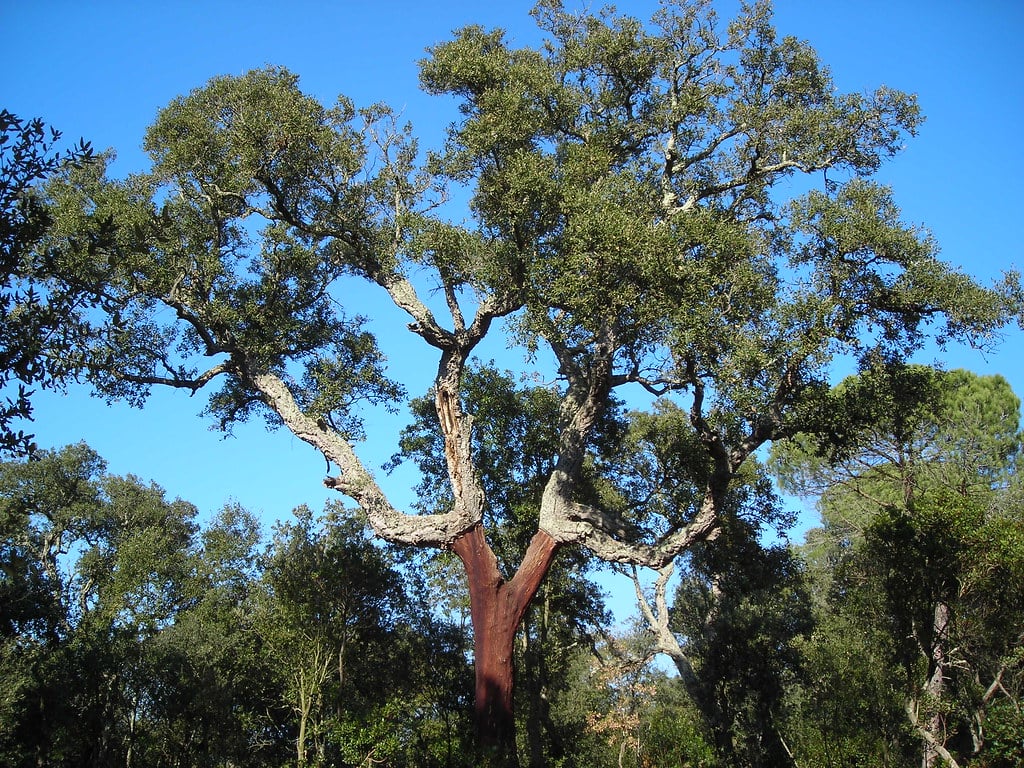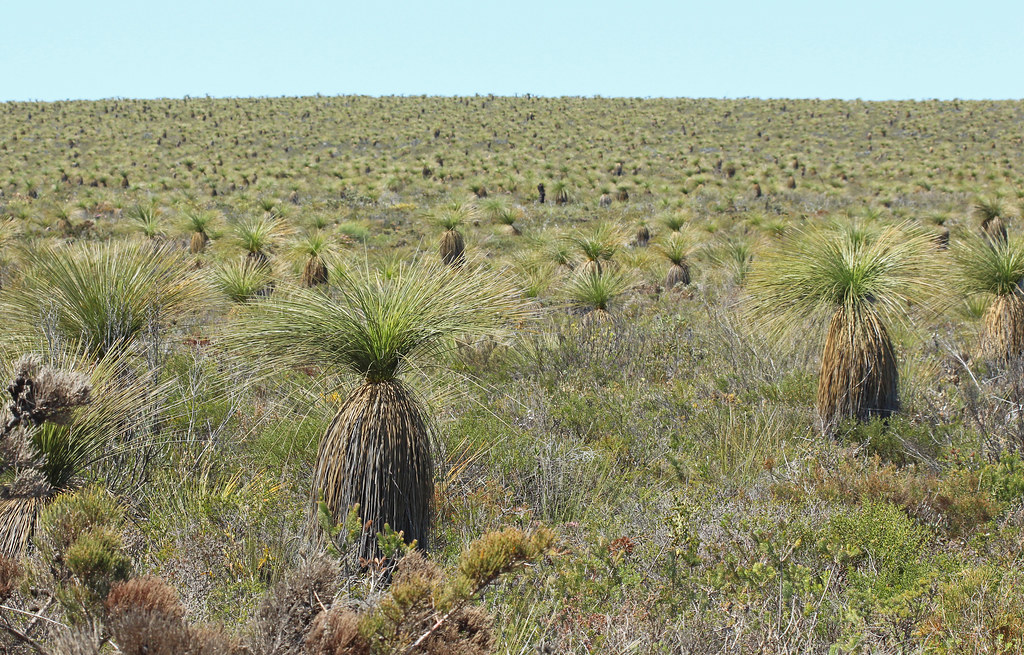
The recent outbreak of wildfires across Greece has had a devastating effect on forestry across the country. While fires are a substantial threat to the plant life and communities they spread through, nature has its own form of protection and resiliency: some plant species — known as pyrophytes — have evolved to withstand fire. Some of them even use it to fuel their reproduction!
The wildfires in Greece have drastically altered the landscape of the regions they’ve affected, and profoundly reduced the size of plant species existing in them. The dense Aleppo pine forests on the island of Evia, for example, have been hit extremely hard by the fires. The Aleppo pines were notable for producing resin that was crucial to the community surrounding the forest.
Resin collectors use the substance to produce a broad range of products, including paint, solvents, pharmaceuticals, cosmetics and plastics. The north of Evia is the source of 80% of the Greece’s pine resin.
Aleppo pines have evolved to secrete large amounts of resin to protect themselves from insects and other animals that attempt to burrow and break down their bark and branches. This threat is historically more common for Aleppo pines than the threat of wildfires –which are the product of record heat temperatures due to climate change — and thus the species of tree was left vulnerable to the fires.
Plants that evolve to withstand fires or use them as the basis of their reproduction are able to due so after years of adjusting to their specific environments where fire has been frequent for large periods of time. Many of the plants and trees that can withstand fire are able to do so due to the specific soil of the regions they grow in. Because of this, Greece is incapable of repopulating its forests with such plants. The wildfires in Greece are the contemporary consequences of climate change, and the local plant and tree species have not had the adequate time to evolve to withstand this threat.
The differences between active and passive pyrophytes
Plant species with these fire resistant and reproductive qualities — pyrophytes and pyrophiles — are classified into two groups, active pyrophytes and passive pyrophytes.
Active pyrophytes are an extremely complex, and even contradictory subset of plant species: they have evolved to produce oils that accelerate the spread of fires but have simultaneously evolved to depend on their own resistance to fire because fires keep other species from invading their habitats.
Passive pyrophytes, however, evolve purely to withstand fires. These species of plants use insulation and high moisture content to increase their protection against any oncoming fires. Pyrophiles, on the other hand, cannot even begin their life cycles without the presence of fire. Fire literally triggers their environment to begin the process in an ecological adaptation known as serotiny.
Plant species that are pyrophytes and pyrophiles

Gum Trees (Eucalyptus)
Gum trees are perhaps the most famous species of pyrophyte. As active pyrophytes, these widely grown plants produce oil that is most commonly known for its pleasing aroma — but this same oil is highly flammable. Some gum trees have even exploded during intense fires.
Gum trees have a quick recovery from fires, and are also have a pyrophilic side — their seeds, protected by their thick bark, need brushfires in order to germinate.
Gum trees have evolved to be pyrophytes in order to ward off competing species from invading their habitat. Ash from burnt gum trees even encourages the plant to grow back rapidly, outpacing other species attempting to cover ground in the area.

Grass trees (Xanthorrhoea)
Grass trees are passive pyrophyte plants with long, thick stems growing out of their centers, and a bush of coarse, tall grass on the top. The grassy leaves on these trees are so concentrated they insulate the plant from the heat of fires. But grass trees are also pyrophilic — a wildfire is necessary for a new grass tree to begin blossoming.

Australian Honeysuckle (Banksia)
Australian Honeysuckles are gorgeous flowers in their own right, with spectacular petals in a variety of colors. But their life cycle is just as amazing: this pyrophilic species’ seeds only separate from their flowers during fires. The seeds are then spread across the ground in order to stimulate new growth.
Giant Sequoia (Sequoiadendron giganteum)
The Giant Sequoia are the world’s tallest trees. The staggeringly beautiful trees are also over 3,000 years old. Over the course of their long time on the planet, the trees have evolved to be pyrophilic, depending on fire to detach their seeds from their cones and to expose the bare mineral soil that fosters their seeds and allows them to take root. Like most other pyrophytes and pyrophiles, Sequoias also need fire to ward away more vulnerable species that would otherwise take their land.
See all the latest news from Greece and the world at Greekreporter.com. Contact our newsroom to report an update or send your story, photos and videos. Follow GR on Google News and subscribe here to our daily email!



